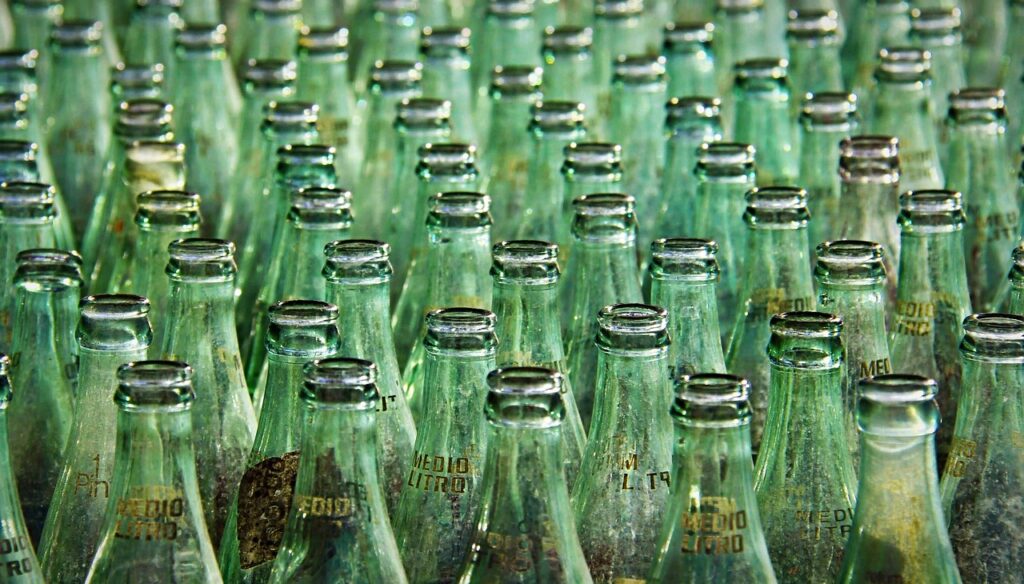Since January 1, Austria has had a uniform system for waste separation. To encourage even more people to do so, it is now even easier. In Vienna, for example, all plastic packaging can now be put in the yellow garbage can – and the nearest one is, on average, only 150 meters away.
This was described by Harald Hauke, CEO of Altstoff Recycling Austria (ARA), at a press briefing in Vienna. Convenient and simple – these are important motivators for waste separation. The potential of people, which one can win additionally, lies at eleven percent.
ARA is determined to exploit this potential because the EU requirements for the circular economy stipulate higher recycling quotas from 2025. For paper and glass, for example, Austria is ahead of the targets. But for plastics, there is a need to catch up, and the quota must be doubled by 2025.
Climate protection is becoming increasingly importantIntegral Marktforschung, on behalf of ARA, has investigated behaviour and attitudes regarding waste separation for the third time since 2012. Across all Sinus-Milieus – groups with similar values and social situations – a common denominator is that climate protection is becoming increasingly important.
It is also “the key driver for waste separation,” he said. “We have to use this new attitude to motivate even more people,” Hauke said. The growth potential of people who show a willingness for “even more frequent separate collection and high separation discipline” accounts for eleven percent.
Nine out of ten people separate waste:
Details from the survey: Nine out of ten people separate their waste according to their statements, a total of 30 percent more than four years ago – above all people living in Burgenland (43 percent) and younger people. Only a vanishing minority stated that they separate less waste today than in the past, reported Bertram Barth, Managing Partner of Integral.
The most important reason is the change in attitude toward climate protection (52 percent). Simpler collection systems (41 percent) and better information (39 percent) are also motivating. The most common items collected separately by respondents are waste paper (89 percent), glass bottles (85 percent), old batteries (80 percent), defective electronic equipment (80 percent) and plastic beverage bottles (79 percent).
Who is not motivated?
The largest amounts of waste not collected separately are accounted for by two milieus, classified by opinion research as “Hedonists” and “Adaptive-Pragmatic Middle.” The second group – the “new mainstream” – is the most likely to be motivated. It comprises 14 percent of the population, or almost 1.1 million people, and is characterized by utility and convenience.
Waste separation could function here as a simple contribution to environmental protection, as a precaution for children’s future and as contemporary and opportune. The standardization of the collection of plastic packaging in the yellow garbage can or the yellow bag is an important step towards simplification and more convenience, Hauke emphasized.
Hedonists, in turn, could be won over by digitalization. The “Digi-Cycle” app provides information and service and aims to serve the fun factor with rewards. “Many people feel a great need to contribute to climate protection themselves,” said Barth. “Waste separation is a concrete contribution.”
This post has already been read 2855 times!



